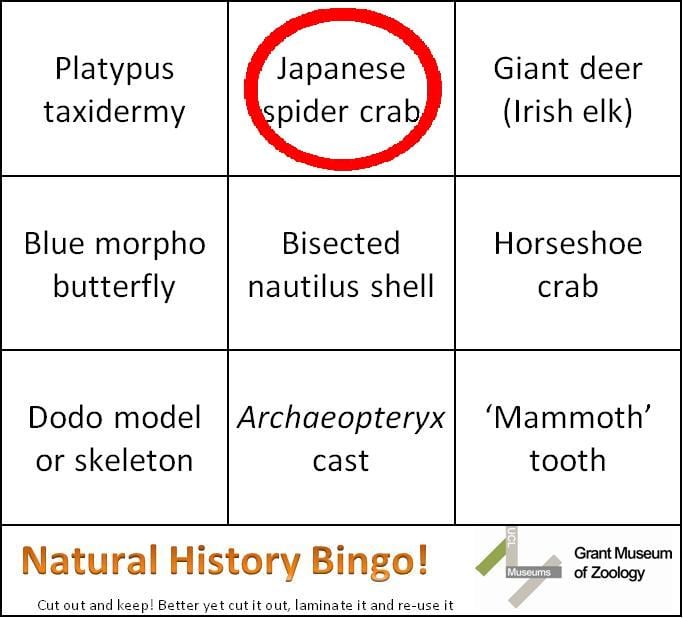True and False Animals
By Mark Carnall, on 10 January 2014
When the language of biology meets common parlance there’s often a lot of confusion. Biological nomenclature (often called the scientific name, we are Homo sapiens sapiens* for example) is by and large controlled using strict rules, format and notations but there aren’t quite so strict rules when it comes to the common names of animals or groups of animals. Some animals we refer to by their taxonomic name, for example; Tyrannosaurus rex, Hippopotamus, Octopus** and Bison. For other animals however, their common, useful to most people and widely understood names create all kinds of problems for the pedantic as I’ve written about before when is comes to sea stars vs starfish. My colleague Jack Ashby wrote about when it comes to seals and sea lions. Consider also that a musk ox is a goat-antelope, horseshoe crabs aren’t crabs at all and the Grant Museum favourite: flying lemurs aren’t and don’t.
The idea of ‘true’ and ‘false’ animals can also be misleading and a lot of pub discussions/arguments/bets come from animals which aren’t what they are often called or even named. How do some animals end up as the ‘true’ and ‘false’ versions of their group. Let’s have a look at some ‘true’ animals and see how the philosophical concepts of truth has ended up in our zoological lexicons.
(more…)
 Close
Close



